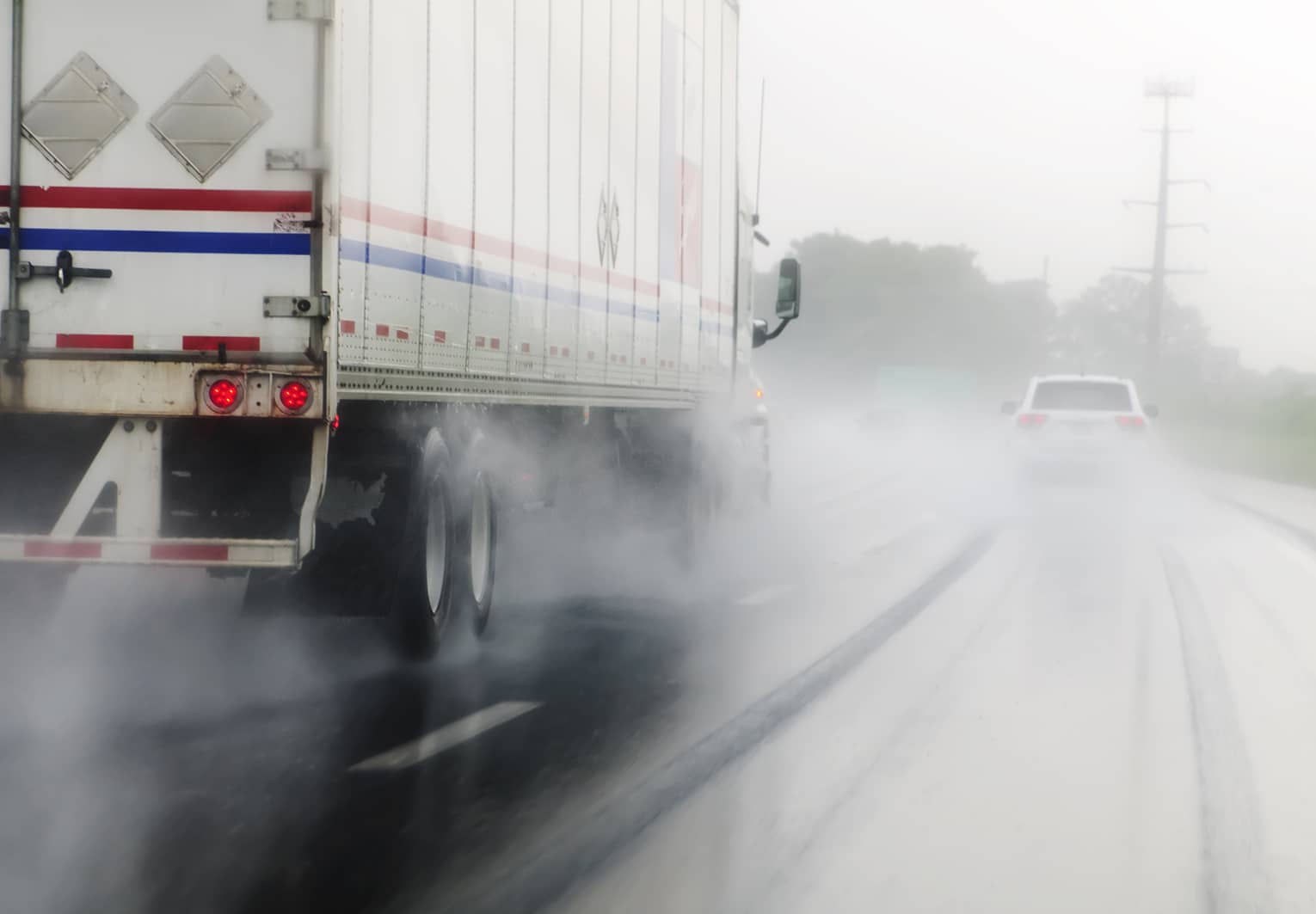Welcome to February, Fresh Off a Freeze
Drivers across the country were in a deep freeze last week, with temperatures dipping below freezing as far south as Miami. The temperature outside wasn’t the only thing cooling down, with freight markets nationwide seeing capacity ease and overall rates cool. Reefer rates stayed high, though. This is largely due to freezing temperatures in the Midwest, where reefer rates are increasing fastest, as shippers utilize reefer carriers to protect freight from freezing.
Shippers did start to feel some relief in the Midwest last week for the first time this year, with dry van rates starting to flatline and even decline in some markets. Northeast markets continued to be the top concern for shippers and drivers, as we prepared for a major blizzard heading into the weekend. Higher rates hit at the end of last week and are continuing this week. Thankfully, we weathered the storm with limited impacts on capacity, which were largely contained in only a few markets, including Boston and Elizabeth, N.J.
An Untraditional January
Entering February, we anticipate capacity easing relative to what we have experienced so far in 2022, but rates likely will continue to be difficult to pull down. We left January with more volume in the market than we saw in all of December and most of November, which is not a traditional path for January. Volume has also kept tender rejections from declining as fast as we normally see in January, putting pricing power in the hands of carriers. Contract rates are rising to control the volume going into the spot market. Supply-chain bottlenecks live on, and demand vs. supply issues likely will not be solved in the near future.
There is good news for shippers: West Coast rates are driving downward. We are keeping an eye on these markets to catch when they plateau or even start to rise again. It’s still difficult to determine where this West Coast relief is coming from. Is it less demand in the market? Or are the bottlenecks only getting worse and preventing freight from moving? It’s important to remember there is still plenty of freight waiting and planned to come into the U.S. Also, forward-booking TEU volumes have recently jumped higher than what we saw throughout January. We are seeing shippers rerouting around the congestion and avoiding the California ports.
Fuel Costs Surging
Fuel costs are on the rise again after a few weeks of slow decline. Diesel prices surged to a 7-year high, the Commercial Carrier Journal reports. A 5.5-cent increase during the week ending January 24 puts the national average for diesel prices at its highest point since September 2014.
“Prices increased in all regions across the country last week, with the most significant increase being seen in New England, where prices jumped 7.9 cents (to $3.777 per gallon). The nation’s most expensive diesel can be found in California at $4.824 per gallon.”
Of course, fuel is just one of many operating costs on the upswing that will keep shipping rates high. The costs of trucks and trailers saw large increases during the past 18 months due to supply-chain issues for manufacturers. This is in addition to increased insurance costs and well-deserved pay hikes to recruit and retain drivers.
The movement of freight is changing in every mode, as shippers do their best to keep up with record demand while fighting congestion at multiple points throughout the supply chain. Shippers who think forward, use data and think outside the proverbial box on solutions, while partnering with companies such as Transfix, will come out of this ongoing freight rally in a better position and well ahead of competitors. The one huge win through this pandemic has been speeding up the digital transformation of the transportation industry.
With the uncertainty and volatility surrounding the U.S. economic recovery, shippers need a partner that can help them adapt and excel — no matter the circumstance. Shippers turn to Transfix for our leading technology and reliable carrier network. As volumes drive higher, we are here to help: Learn more about our Core Carrier program and Dynamic Lane Rates. As part of our ongoing market coverage, we’ll continue to provide breaking news, resources and insight into emerging trends and the pandemic’s impact on the transportation industry.
This communication may contain certain forward-looking statements that are not statements of historical facts. All such statements are based on current expectations as well as estimates and assumptions that, although believed to be reasonable, are inherently uncertain. These statements involve numerous risks and uncertainties, and actual results may differ materially from those expressed in any forward-looking statements. We undertake no obligation to update or revise any of the forward-looking statements contained herein, whether as a result of new information, future events, or otherwise.




